Notes: Chapel Street was located at the northern end of the 2½-mile long Prestatyn to Dyserth Branch on the western edge of Prestatyn; the station was sometimes referred to as Prestatyn Chapel Street. The line had been opened in 1869 by the London & North Western Railway (LNWR) to carry lead and haematite from mines in the upper Prestatyn Valley down to the Chester and Holyhead Main line at Prestatyn. Passenger services were introduced onto the line in 1905 between Prestatyn and Dyserth.
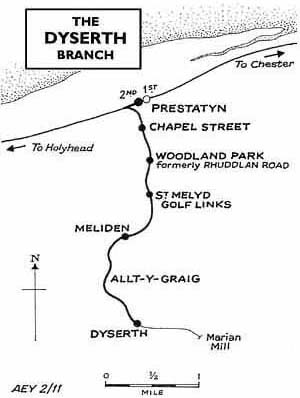 |
Chapel Street opened on 29 January 1906. Although shown as a 'halt' on Ordnance Survey maps the suffix never appeared on tickets or in timetables. It consisted of nothing more than a short, low platform adjacent to a footpath crossing. At the time of opening Chapel Street was served by a ‘railmotor’ that ran between Prestatyn station and Dyserth. When the line opened there were eight services in each direction during the summer months which reduced to five during the winter, and no Sunday service, but by the summer of 1906 this had improved to 14 trains a day in each direction.
The service proved to be very popular with local people; in the summer months tourists used the trains to Dyserth to view the Cwm waterfalls and a ruined castle. By 1911 the service frequency had built up to sixteen trains in each direction Monday - Friday (one down train did not call at intermediate stations) and |
fifteen on Saturday. Due to an increase in passenger numbers after the Great War, the railmotor was replaced with tank locomotives that could operate in push-and-pull mode.
On 1 January 1923 Chapel Street became part of the London Midland & Scottish Railway (LMS). During the 1920s the effects of competition from motor bus services began to be reflected in reduced traffic on the branch. The ‘General Strike’ of 1926 did not help matters as it encouraged even more passengers to desert the railway. Despite the downturn in passenger |
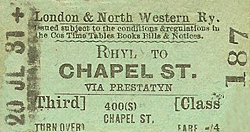 |
numbers the LMS opened two further stopping places on the Dyserth Branch: St Melyd Golf Course in 1923 and Alt-y-Graig in 1929. The passenger service continued to struggle financially, especially in the winter months, and the LMS withdrew the passenger service on 22 September 1930..
The line reverted to being purely a freight route, and stone trains continued to pass through Chapel Street regularly until 7 September 1973.
Even after 1973 trains occasionally passed through, but the traffic had ceased by 1980, and the track was lifted in that year. Attempts were made to reopen the line as a preserved railway, and, to this end, the local authority even bought the trackbed. Eventually the plans came to nothing, and the trackbed was developed into a footpath.
Because there was a pedestrian crossing at Chapel Street a short section of track that had been part of the crossing survived in situ when the line was lifted. When the footpath was constructed this was retained as feature of interest.
Sources:
Further reading: The Prestatyn and Dyserth branch line by Stephen P. Goodall (Oakwood Press 1986) ISBN-13: 978-0853613138.
Other web site:
www.dyserth.com web site for a feature on the Dyserth branch with more photos.
Click here to see a 4 minute film of a DMU railtour to the Dyserth branch in 1968.
Route map drawn by Alan Young, Ticket from Michael Stewart, Bradshaw from Chris Hind
To see other stations on the Dyserth branch line click on the station name:
Chapel Street, Woodland Park, St. Melyd Gold Links, Meliden, Allt-y-Graig & Dyserth
|

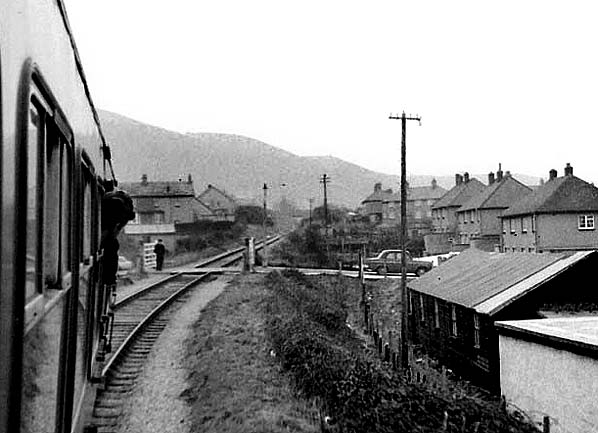
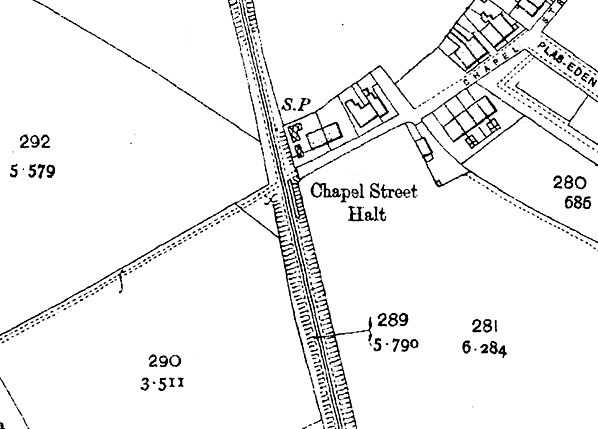
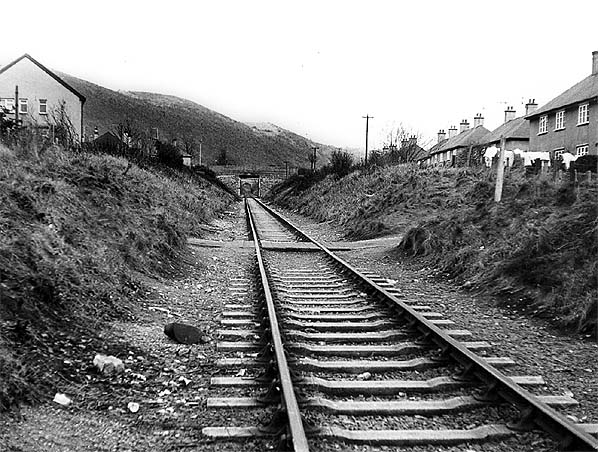
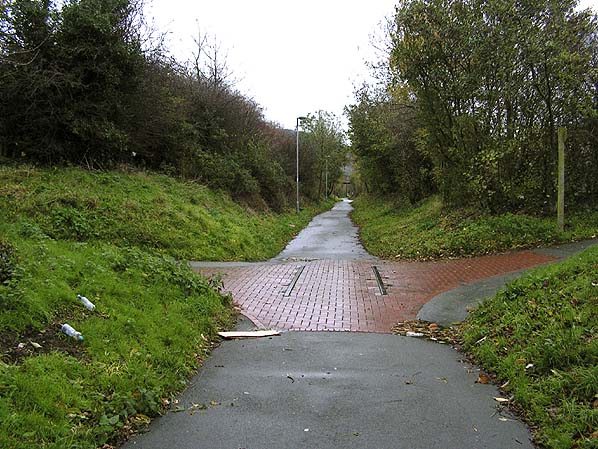
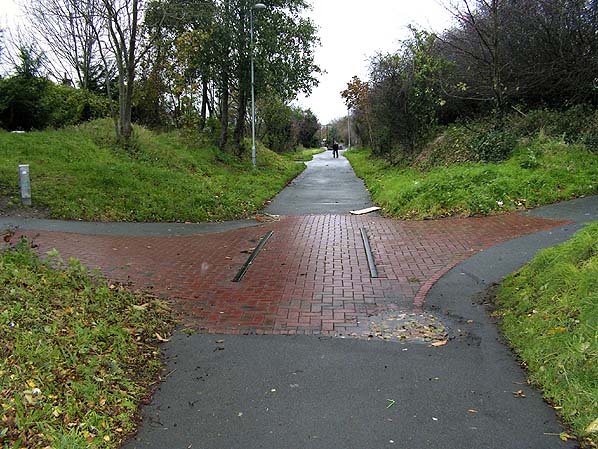
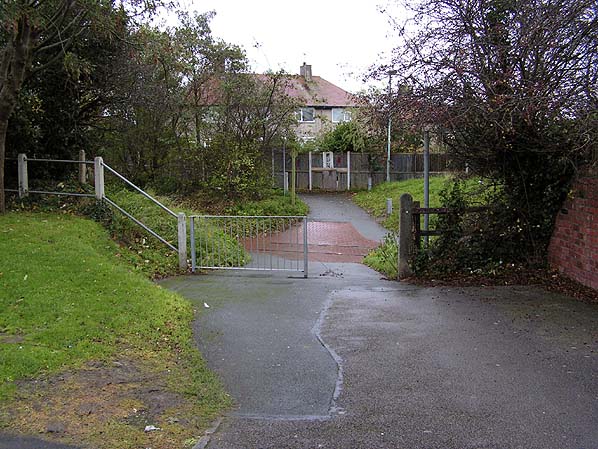




 Home Page
Home Page